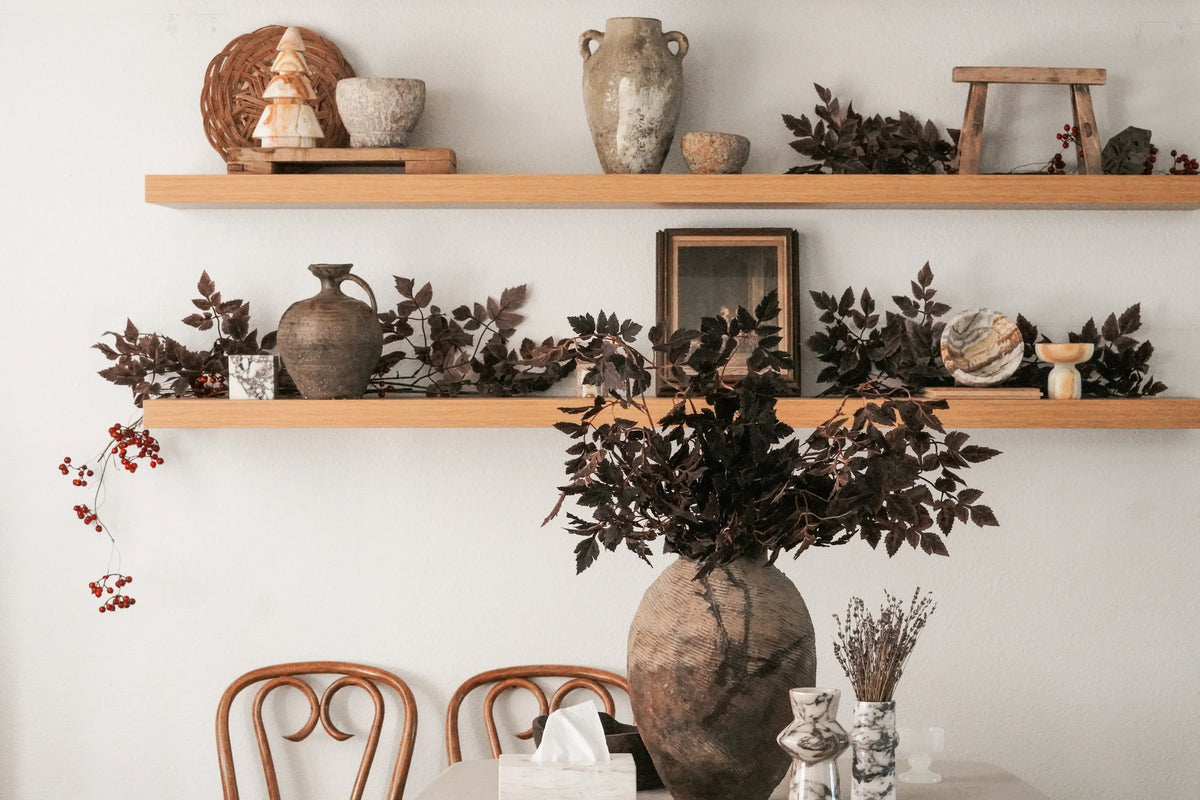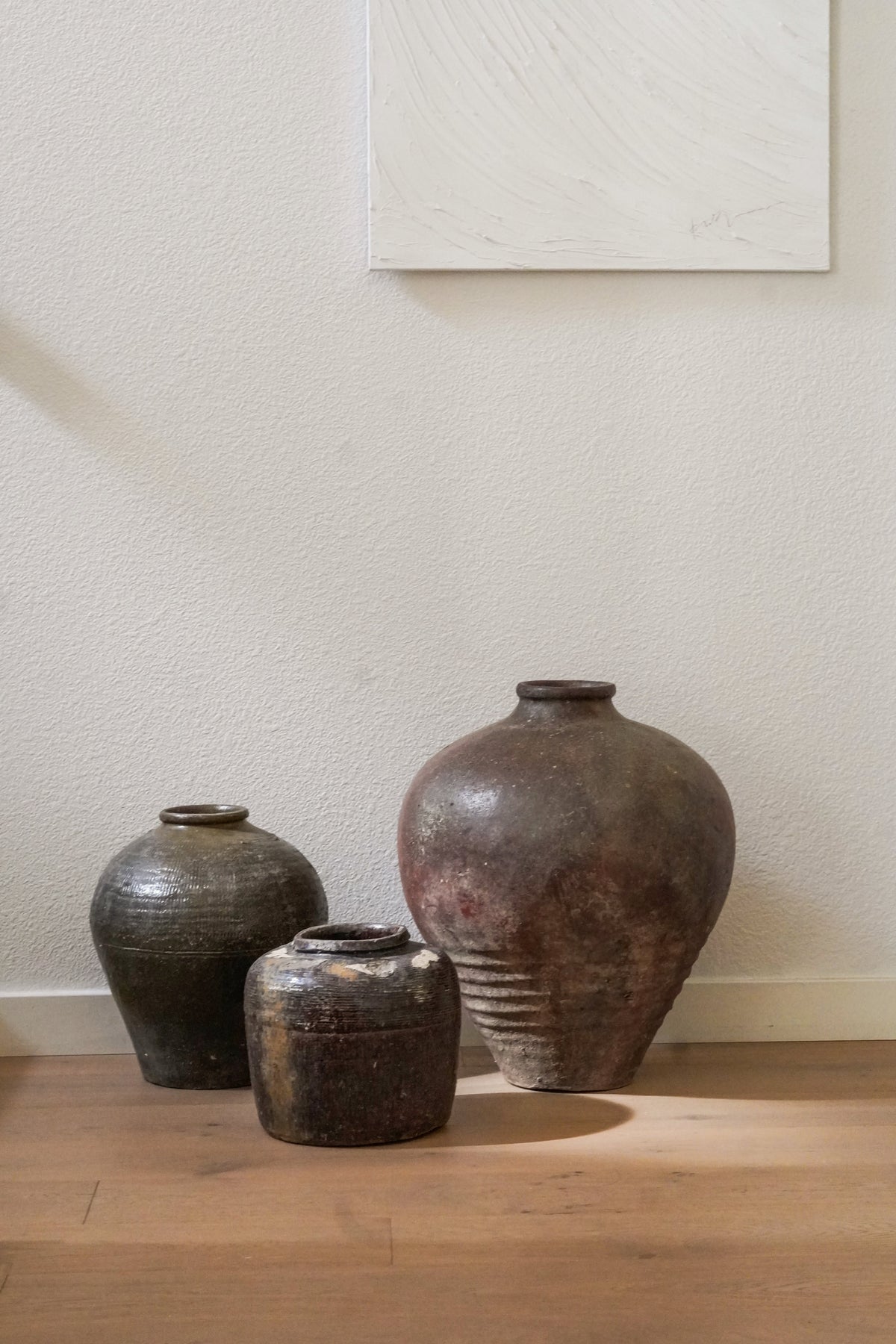Jingdezhen porcelain, renowned for its high quality and exquisite craftsmanship, has been produced in the Jingdezhen city of Jiangxi Province, China, for over 1,000 years. The process of making Jingdezhen porcelain is intricate and involves several key steps:
-
Raw Material Preparation: The primary materials used for Jingdezhen porcelain are kaolin (a type of white clay), feldspar, and quartz. These materials are carefully selected, cleaned, and purified to ensure the highest quality.
-
Blending and Forming: The raw materials are blended with water to form a clay body. This clay is then shaped into the desired forms using various techniques such as hand-throwing on a potter's wheel, molding, or casting in plaster molds.
-
Drying: After shaping, the porcelain pieces are allowed to dry slowly to prevent warping or cracking. This step might involve drying in the open air, in drying chambers, or using a combination of both to carefully control the drying process.
-
Bisque Firing: Once dried, the items undergo a first firing, known as bisque firing, in a kiln at a temperature around 900°C to 1000°C. This process hardens the clay body and prepares it for glazing.
-
Glazing: After bisque firing, the porcelain pieces are coated with a glaze. Jingdezhen is famous for its clear, bright white glaze, but many other types of glaze, including colored and crackle glazes, are also used. The glaze can be applied by dipping, pouring, spraying, or painting, depending on the desired effect.
-
Glost Firing: The glazed porcelain is then placed in the kiln for the second firing, known as glost firing. This firing is done at a higher temperature, usually between 1250°C and 1400°C, which vitrifies the glaze and fuses it to the porcelain body, creating a strong, glass-like surface.
-
Decoration: Many Jingdezhen porcelains are beautifully decorated with overglaze enamels. This involves applying metallic oxides and other pigments over the glaze and then firing the piece again at a lower temperature to set the decoration.
-
Inspection and Finishing: The final step involves a thorough inspection of each piece for any flaws or defects. Pieces that meet the high standards of Jingdezhen porcelain are then finished, which may involve sanding, cleaning, and adding any final touches.
The entire process requires a high level of skill and precision, and many artisans specialize in just one part of the process. The traditions and techniques of Jingdezhen porcelain making have been passed down through generations and continue to be celebrated for their beauty and craftsmanship.





